Grooming is an essential part of dog care, not just for aesthetics but for their health and well-being. However, the frequency and type of grooming your dog needs can vary greatly depending on several factors. Let’s explore what's dog grooming guidelines have in store.

1. The Role of Breed and Coat Type
The breed and coat type of your dog play a significant role in determining how often they should be groomed. For instance, dogs with long, thick fur might need grooming every 4-6 weeks, while those with short or fine hair may require less frequent visits, around every 8-12 weeks. Understanding your dog's specific needs is crucial for maintaining a healthy coat and skin.
2. Professional Grooming vs. Home Care
When it comes to dog grooming, pet owners typically choose between home care and professional services. Each option offers unique advantages tailored to different needs.
Home Care Advantages:
- Personal Bonding:
Grooming at home strengthens the bond between you and your pet. It can be a comforting and familiar experience for your dog, especially for those who are anxious or nervous about new environments.
- Cost-Effective:
Home grooming is a more budget-friendly alternative. It involves one-time investments in grooming tools instead of recurring professional service fees.
- Convenience and Flexibility:
Grooming at home allows you to maintain your dog's coat on your schedule, making it ideal for busy lifestyles or for dogs that need more frequent care.
- Control and Customization:
You have full control over the grooming process, from the products used to the style and intensity of grooming, ensuring it’s tailored to your dog’s specific needs.
Professional Grooming Advantages:
- Expertise and Experience:
Professional groomers are trained to handle a variety of breeds, coat types, and temperaments. They can effectively address complex grooming needs that might be challenging at home.
- Comprehensive Services:
Professional grooming often includes services that go beyond basic grooming, such as ear cleaning, nail trimming, and sometimes even dental care, which might be difficult to perform at home.
- Health Checks:
Groomers are adept at spotting potential health issues like skin problems, parasites, or unusual lumps, offering an extra layer of care for your pet.
Whether choosing home care or professional grooming, the key is to consider what best suits your pet’s needs and your lifestyle. A combination of both can often provide the most comprehensive care for your furry friend.
3. Frequency of Grooming
A general guideline is that most dogs should be groomed about once a month. However, this can vary greatly based on the dog’s breed, coat length, fur texture, and lifestyle. Regular grooming helps prevent hair from becoming matted, causing irritation or infection.
4. Grooming by Types of Coats
- Short-Coated Dogs:
Examples: Boston Terriers, Dobermans, Pinshers, Staffordshire Bull Terrier, Pugs
These dogs typically have low-maintenance coats that require less frequent grooming. Their grooming regimen should include occasional bathing, about every 4-6 weeks, to keep their coat clean and healthy. Brushing once a week with a bristle brush or grooming mitt helps to remove loose hair and stimulate skin. Examples include Labrador Retrievers and Beagles.
- Double-Coated Dogs:
Examples: Golden Retrievers, Labrador Retrievers, Shiba Inu, Australian Shepards, Huskies, Havanese, Pomerians
Double-coated breeds, such as Huskies, exhibit seasonal shedding, particularly of their undercoat, leading to significant hair loss and potential matting if not groomed regularly.
Regular brushing, ideally 1-3 times per week, is crucial for these breeds to prevent painful matting, which can escalate to expensive vet or grooming interventions. Brushing should thoroughly reach the undercoat to effectively detangle and maintain coat health.
While bathing needs vary among these breeds, it's typically less frequent due to their coat's nature. Short, dense-coated dogs may only require bathing every 2-3 months. However, breeds like Huskies, with minimal grooming needs, might only need a few baths yearly. For breeds with longer, less dense coats, monthly bathing is recommended, focusing on key areas like the face, ears, and paws.
Trimming, rather than shaving, is advised every three months to maintain their coat’s natural temperature regulation function and overall health.
- Wire-Coated Dogs:
Examples: Wire Fox Terrier, Irish Terrier, Airedale Terrier, Schnauzer, Border Terrier, Scottish Terriers
Dogs with wiry coats, such as Schnauzers and Scottish Terriers, need regular brushing to prevent their coarse hair from matting. Wire-coated breeds should ideally be groomed every 2-3 months. Their grooming routine often includes hand-stripping to maintain the coat's texture and remove dead hair.
- Curly and Wavy-Haired Dogs:
Examples: Poodles, American Water Spaniels, Curly Coated Retrievers Bicho Frise
These breeds, including Poodles and Bichon Frises, require more intensive grooming due to their tendency to form mats and tangles. Brushing at least three times a week with a slicker brush and a comb is essential. Professional grooming should be scheduled at least once a month to trim and style their coat while checking for any skin issues hidden beneath their curls.
- Long-Haired Dogs:
Examples: Afghan Hound, Shih Tzu, Yorkshire Terrier, Maltese, Lhasa Apso, Collie (Rough)
Breeds with long, flowing coats like Shih Tzus and Yorkshire Terriers necessitate daily brushing to prevent tangles and mats. Bathing every 4-6 weeks with a gentle shampoo keeps their long hair clean and silky. Regular professional grooming, approximately every 4-6 weeks, is crucial for trimming, detangling, and maintaining overall coat health.

5. Home Grooming Tips
Even if you regularly visit a professional groomer, maintaining a grooming routine at home is important for your pet's well-being. Regular brushing, bathing, and nail trimming are essential to keep your dog clean and healthy. Not only does this ensure your furry friend looks great, but it also helps in identifying any potential health issues early. DIY Dog Grooming: Tips and Tricks for At-Home Pet Care can be immensely helpful in this regard.
6. The Importance of Regular Grooming
Regular grooming not only keeps your dog looking great but also plays a crucial role in their overall health. It helps in identifying skin issues, reduces the chance of infections, and improves their overall comfort. Remember, grooming is more than just a beauty routine; it's a health check-in.
7. Choose the Right Tools
For effective grooming at home, having the right tools is vital. Dog grooming kit like the Neakasa Dog Grooming Vacuum and Neakasa F1 Pet Hair Dryer can make grooming a more pleasant experience for both you and your pet.
Conclusion
Grooming is a crucial aspect of dog care. By understanding your dog's specific needs and maintaining a regular grooming schedule, you can ensure your furry friend remains healthy, happy, and looking their best. Whether you choose professional grooming services or opt for home care, the key is consistency and attention to detail.



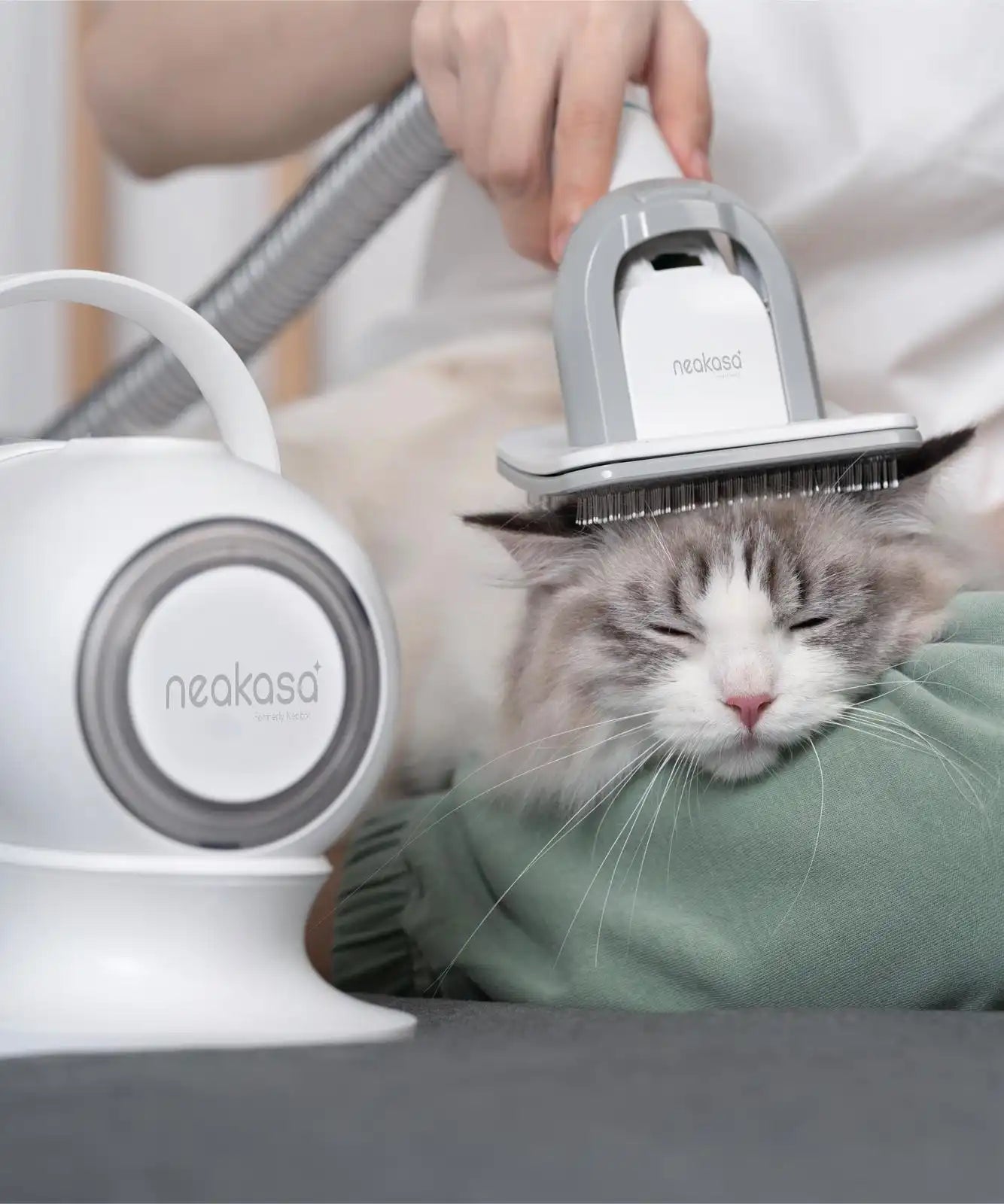
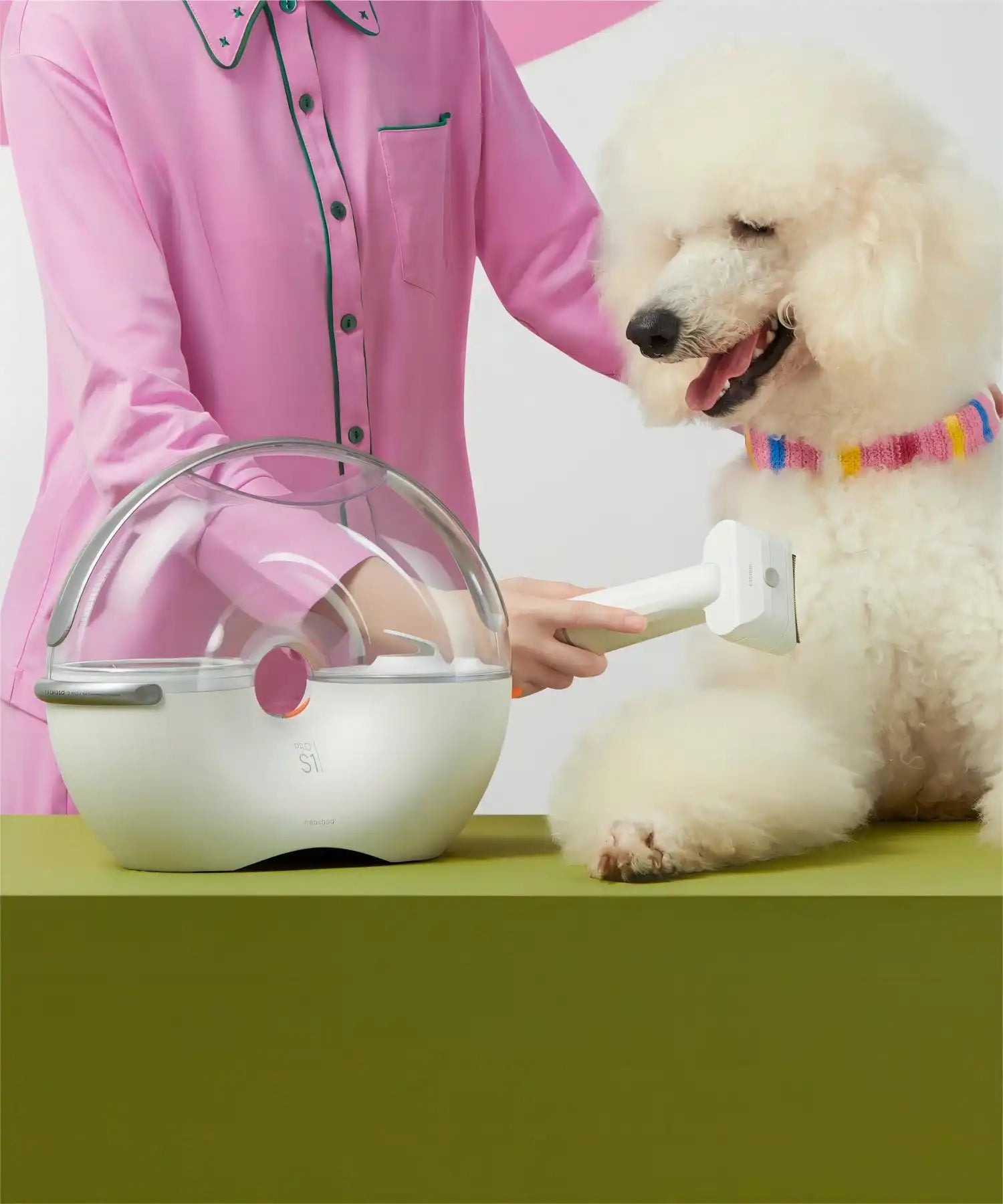


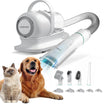
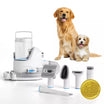
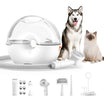

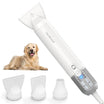

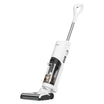
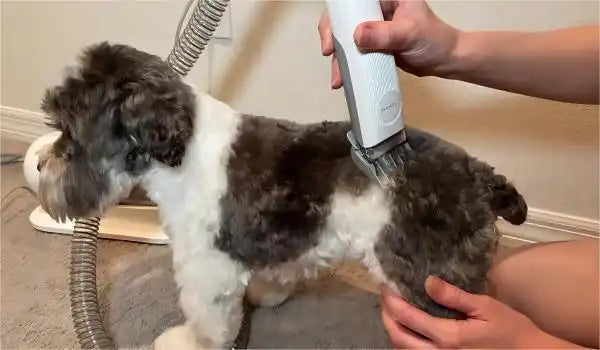

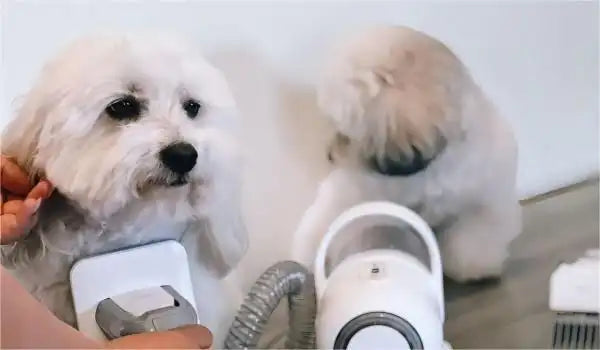
Leave a comment
This site is protected by reCAPTCHA and the Google Privacy Policy and Terms of Service apply.